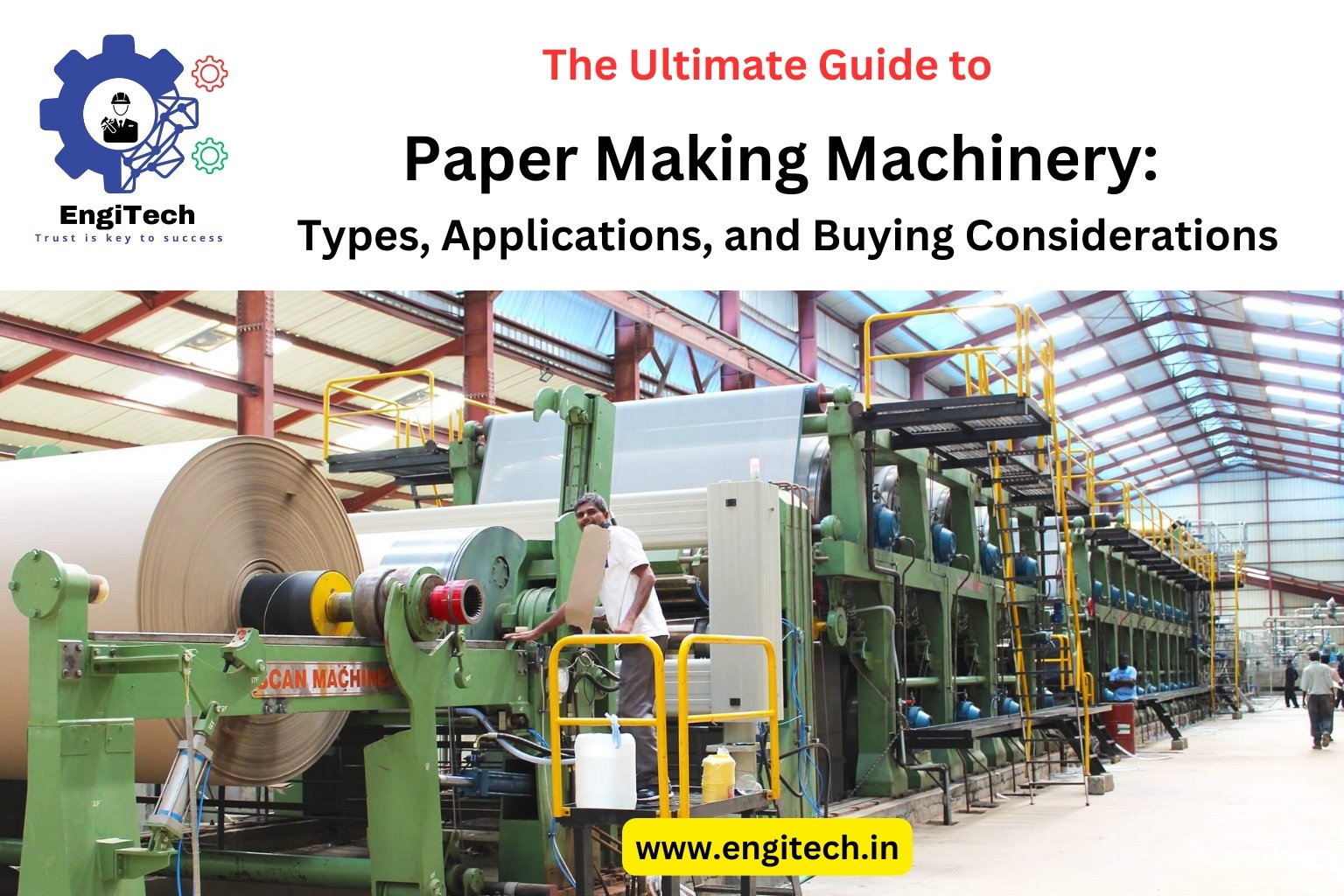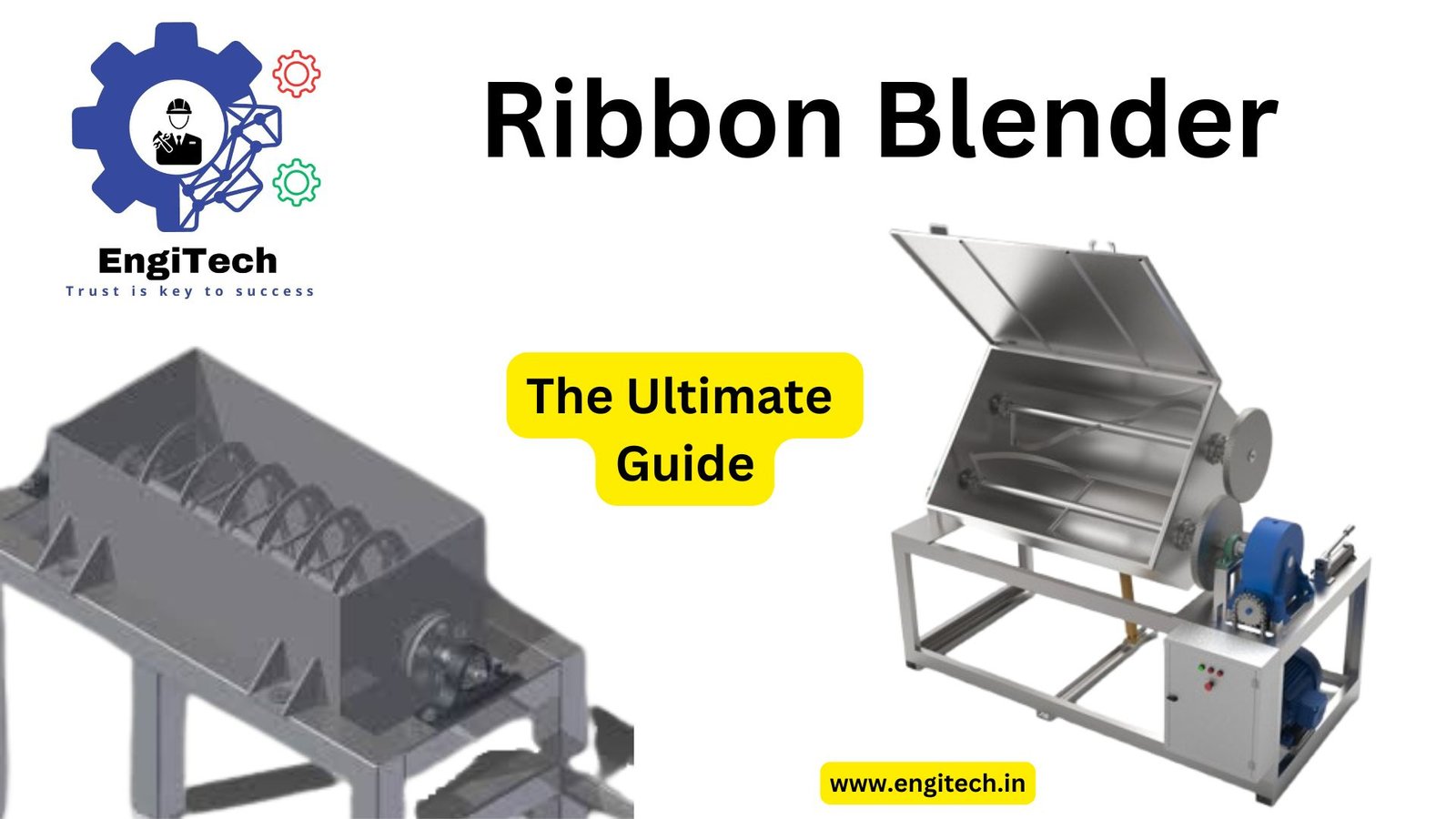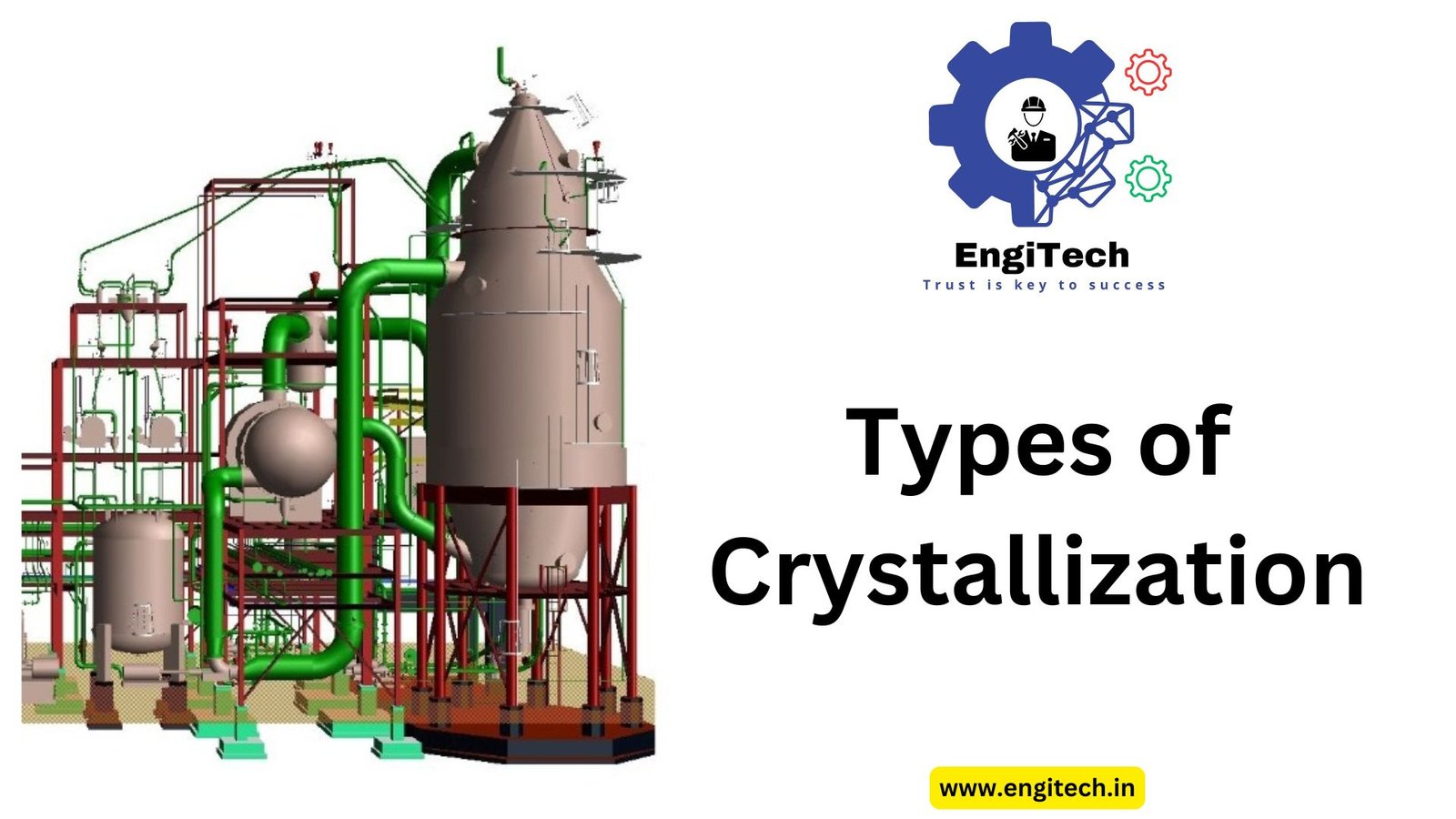The Ultimate Guide to Paper Making Machinery: Types, Applications, and Buying Considerations

The paper industry has evolved significantly, with automation playing a crucial role in manufacturing various paper-based products. From paper cups to tissue paper, specialized machines streamline production, enhancing efficiency and reducing costs. Whether you’re starting a paper-based business or upgrading your current operations, understanding different paper-making machines is essential.
In this guide, we’ll explore the most common types of paper-making machinery, their applications, pricing factors, and key considerations for purchasing the right equipment.
Table of Contents
Types of Paper Making Machinery
1. Paper Cup Making Machine
A paper cup making machine is designed to produce disposable paper cups used for serving hot and cold beverages. These machines handle the entire process, from feeding raw paper rolls to forming, sealing, and bottom curling.
Applications:
- Tea and coffee shops
- Fast food chains
- Event catering
- Airline and railway beverage services
Buying Considerations:
- Production speed (cups per minute)
- Cup size flexibility
- Power consumption
- Automatic vs. semi-automatic operation
2. Paper Bag Making Machine
With the rising demand for eco-friendly alternatives to plastic bags, paper bag making machines have become a necessity for retailers and packaging industries.
Applications:
- Grocery stores
- Shopping malls
- Food delivery services
- Pharmaceutical packaging
Buying Considerations:
- Type of paper bags (flat, gusseted, handle-attached, etc.)
- Production speed and efficiency
- Compatibility with recycled paper
- Customization features (branding, printing)
3. Tissue Paper Making Machine
Tissue paper machines produce napkins, toilet paper, facial tissues, and kitchen rolls. These machines vary in size and automation levels, catering to both small-scale and large-scale manufacturers.
Applications:
- Household and personal care
- Hotels and restaurants
- Healthcare industry
- Corporate and public washrooms
Buying Considerations:
- Ply options (single, double, or multi-ply tissues)
- Cutting and embossing capabilities
- Automatic rewinding and packaging
- Raw material compatibility (virgin or recycled pulp)
4. Paper Plate Making Machine
Paper plate machines are widely used for manufacturing disposable plates and trays, an essential product in catering, events, and fast food industries.
Applications:
- Food packaging
- Outdoor events and picnics
- Party supplies
- Airline meal packaging
Buying Considerations:
- Plate size and thickness customization
- Hydraulic vs. mechanical operation
- Raw material compatibility (coated or uncoated paper)
- Speed and efficiency
5. Paper Glass Making Machine
Similar to paper cup machines, paper glass making machines produce biodegradable drinking glasses used for various beverages.
Applications:
- Juice bars
- Soft drink and dairy industries
- Public events and gatherings
- Corporate and institutional use
Buying Considerations:
- Machine output capacity
- Heating and sealing mechanism
- Compatibility with different paper grades
- Custom branding options
Pricing Insights and Cost Factors
The cost of paper-making machines varies based on:
- Automation level (manual, semi-automatic, or fully automatic)
- Production capacity (output per hour or per day)
- Raw material compatibility (coated/uncoated, recycled/virgin paper)
- Customization and branding options
- Energy consumption and operational efficiency
Estimated Price Ranges
- Paper Cup Making Machine – $5,000 to $30,000
- Paper Bag Making Machine – $10,000 to $80,000
- Tissue Paper Manufacturing Machine – $15,000 to $100,000
- Paper Plate Machine – $3,000 to $20,000
- Paper Glass Making Machine – $8,000 to $40,000
(Note: Prices may vary based on brand, region, and additional features.)
How to Choose the Right Paper Making Machine
When selecting a paper-making machine, consider the following factors:
- Production Needs: Assess your daily production requirements and choose a machine with suitable output capacity.
- Automation Level: Fully automated machines reduce labor costs but require a higher initial investment.
- Raw Material Availability: Ensure compatibility with readily available and cost-effective raw materials.
- Space and Infrastructure: Some machines require specific installation settings and power supply requirements.
- After-Sales Support: Opt for manufacturers offering good customer service, warranties, and spare parts availability.
Future Trends in Paper Manufacturing Machinery
- Eco-Friendly Innovations: Growing demand for biodegradable and recyclable products.
- Smart Automation: Integration of AI and IoT for efficient monitoring and predictive maintenance.
- Customization Capabilities: Machines with enhanced branding and printing features.
- Energy Efficiency: Development of machines with lower power consumption to reduce operational costs.
FAQs about paper-making machines:
1. What are the maintenance requirements for paper-making machines?
Proper maintenance of paper-making machines is essential to ensure their longevity and efficiency. Regular inspections of the rollers, belts, and presses should be conducted to check for wear and tear. Lubricating moving parts, cleaning the machine after each use, and replacing worn-out components are key maintenance tasks. Following the manufacturer’s guidelines and having professional technicians service the machine annually will keep it running smoothly.
2. How much does a paper cup making machine cost?
The cost of a paper cup making machine can vary depending on its production capacity, automation level, and additional features. On average, a basic model may cost between $10,000 to $30,000, while high-capacity or fully automatic machines can range from $40,000 to $100,000. It’s important to consider the machine’s performance, warranty, and service costs when making a purchase decision.
3. What are the best materials for paper bag production?
The best materials for paper bag production include high-quality kraft paper, which is strong, durable, and eco-friendly. Recycled paper is also a great option, as it reduces environmental impact. For heavier bags, multi-layer paper with reinforced handles or coatings may be necessary. Sourcing sustainably produced paper ensures both quality and sustainability in paper bag production.
4. How can I increase the efficiency of my paper bag making machine?
To enhance the efficiency of your paper bag making machine, ensure regular maintenance to avoid downtime. Invest in a high-quality, modern machine with automation capabilities. Proper training for operators and optimizing production settings based on the material used can also improve efficiency. Monitoring and analyzing performance data to identify bottlenecks and adjust operations accordingly can further boost productivity.
5. What is the average lifespan of a tissue paper making machine?
The average lifespan of a tissue paper making machine typically ranges from 15 to 25 years, depending on the quality of the machine, frequency of maintenance, and production environment. Regular servicing, using high-quality materials, and operating within the recommended parameters can extend the machine’s lifespan and maintain its efficiency.
6. Are paper plate machines environmentally friendly?
Yes, paper plate machines are considered environmentally friendly, especially when they produce plates from biodegradable or recycled paper. Unlike plastic, paper plates are recyclable and decompose naturally. However, to fully minimize environmental impact, it’s essential to ensure the paper used is sustainably sourced, and the machine operates efficiently to reduce energy consumption.
7. Can paper-making machines use recycled paper?
Yes, many modern paper-making machines are designed to use recycled paper as a raw material. Using recycled paper helps reduce waste, lowers production costs, and conserves natural resources. However, the quality of the recycled paper should be assessed to ensure it meets the necessary standards for production.
8. What certifications are required for operating a paper manufacturing business?
To operate a paper manufacturing business, several certifications are required, including environmental certifications such as ISO 14001 for environmental management, ISO 9001 for quality management, and FSC (Forest Stewardship Council) certification for sustainably sourced paper. Additionally, some regions may require local permits for waste management and emissions control.
9. How do I choose between an automatic and semi-automatic machine?
The choice between an automatic and semi-automatic machine depends on your production volume and budget. Automatic machines offer higher efficiency, faster production rates, and require less manual labor, making them ideal for large-scale production. Semi-automatic machines are more affordable and suitable for smaller operations but require more manual input. Consider your specific needs and financial capacity before making a decision.
10. What are the power requirements for different types of paper machines?
The power requirements for paper machines vary based on their size, capacity, and automation level. Small machines may require around 10 to 30 kW, while large, industrial machines may demand up to 500 kW or more. It’s essential to calculate the energy consumption based on your production goals and machine specifications to ensure proper power supply and efficiency.
11. What safety measures should be followed while using these machines?
When operating paper-making machines, it is crucial to follow proper safety measures. These include wearing protective gear like gloves, goggles, and ear protection, especially in high-speed environments. Machines should have proper emergency stop mechanisms, and operators should be trained in safe operating procedures. Regular safety audits and adherence to local safety regulations ensure a safe work environment.
12. How do I find reliable suppliers for paper-making machinery?
To find reliable suppliers for paper-making machinery, start by researching industry-specific trade shows, online marketplaces, and reviews from other manufacturers. Look for suppliers with a solid reputation, experience in the field, and a track record of customer satisfaction. Checking for certifications and offering warranties can also help ensure the quality of the machinery.
13. What is the production capacity of a standard paper cup making machine?
A standard paper cup making machine typically has a production capacity ranging from 40 to 100 cups per minute, depending on its model and automation level. High-end, fully automated machines can produce even higher volumes, up to 200 cups per minute or more. The production capacity should match your business requirements to meet demand efficiently.
14. How do I troubleshoot common problems in paper machines?
Common issues in paper machines, such as paper jams, uneven production, or mechanical failures, can often be solved by first identifying the root cause. Start by checking for blockages in the paper feed, worn-out parts, or misaligned components. Regular maintenance and inspection can prevent most problems. Consulting the user manual or contacting the manufacturer for troubleshooting advice is also beneficial.
15. What future trends are shaping the paper manufacturing industry?
The paper manufacturing industry is evolving with trends such as increased automation, the use of sustainable raw materials, and innovations in energy-efficient technologies. Digitalization and the adoption of AI-driven predictive maintenance systems are also gaining traction. Additionally, the growing demand for eco-friendly packaging solutions and the circular economy are pushing the industry toward greener practices.
Conclusion
Investing in the right paper-making machine can significantly impact your business profitability and sustainability. Whether you’re entering the paper product industry or scaling your operations, choosing the right equipment is crucial. Evaluate your production needs, budget, and industry trends before making a purchase.
For more insights on industrial machinery and the latest innovations, stay tuned to EngiTech!


